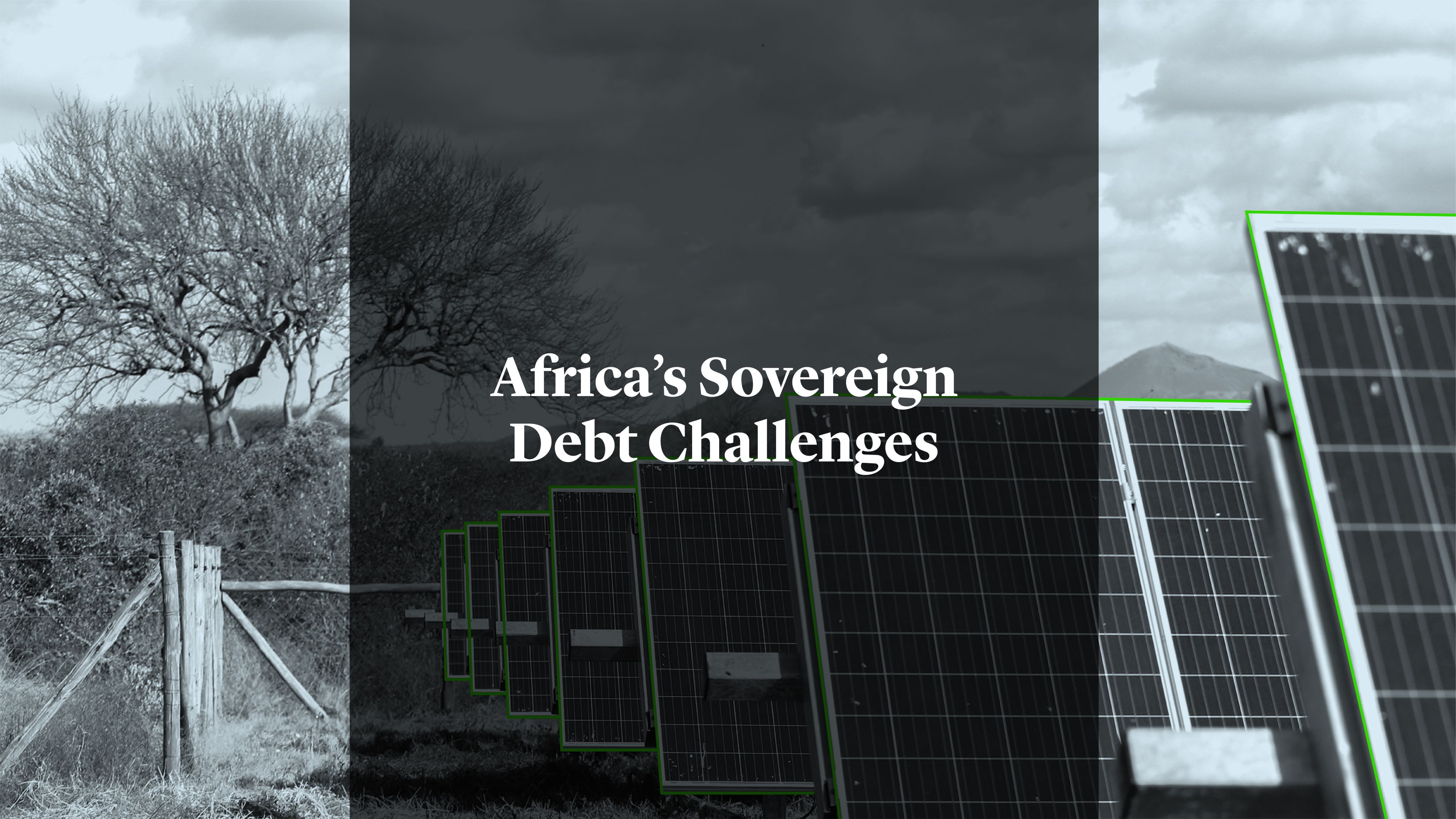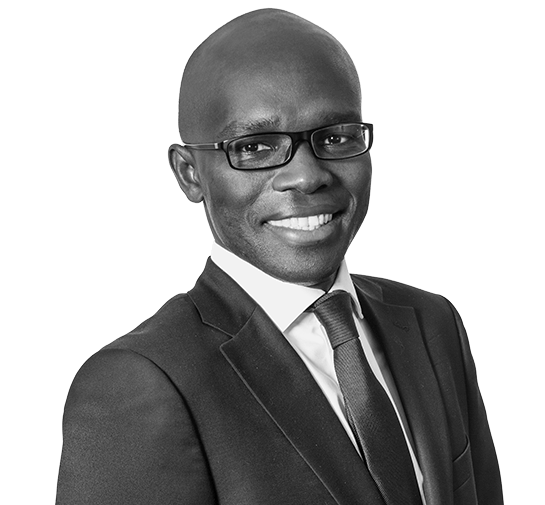
More than 18 months into the COVID-19 pandemic, it is clear that a gap is widening between Africa’s path to recovery and the rest of the world. The lack of fiscal space coupled with the slower vaccine rollout is expected to hold back recovery in sub-Saharan Africa as other regions rebound. The IMF estimates that 17 African countries were either in, or at high risk of entering, severe debt
distress1. Unlike many advanced economies with the capacity to borrow, many sub-Saharan African countries face much tighter limits on their ability to carry additional debt.

But there are green shoots. Some African sovereigns have successfully accessed the international capital markets during the pandemic: Côte d’Ivoire’s November 2020 Eurobond issuance was the first sub-Saharan African sovereign issuance for nine months, which was followed by a tap issue in February 2021; Benin followed with a Eurobond in January 2021 and issued an SDG bond in July 2021; and Senegal entered the bond market in June 2021, in each case represented by Cleary Gottlieb.
However, despite these positive signs, foreign investment in the region remains far below pre-pandemic levels, and the COVID-19 pandemic is pushing much of Africa into recession. The United Nations’ World Investment Report 2021 estimated foreign direct investment in 2020 had fallen 16% to $40bn, from $47bn in 20192.
As a result, many African countries are struggling to finance projects of all sizes and are increasingly looking to private investors to fill the gaps. Although there are some positive signs for long-term growth (for example, M&A activity saw a considerable boost in Nigeria and South Africa in the first half of the year), the current crisis looks set to deepen inequality3, which, in turn, intensifies the risk of civil unrest, across the region. In July 2021, 11 African heads of state called for the IDA to provide $100bn in hardship funding to help them through the continued crisis and aftermath4.
The region faces financing challenges which will require the employment of a multi-faceted toolset of financing and restructuring solutions.



Rapid Response: Debt Service Suspension Initiative (DSSI)
Recognising the severe impact of the COVID-19 pandemic on the world’s poorest countries, the G20 Finance Ministers responded swiftly in the early stages of the outbreak in April 2020 to agree and endorse the Debt Service Suspension Initiative (DSSI), which became effective on 1 May 2020. The DSSI offers a temporary suspension, but not forgiveness, of government-to-government debt payments to eligible countries. The aim is to free up resources which can then be redirected by cash-strapped governments towards health, social and economic spending.
However, the DSSI has fallen short of expectations. By the end of 2020, it had freed up only $5.7bn, less than half of the projected $12bn. Of the 73 countries worldwide that would eventually be eligible, 27 of sub-Saharan Africa’s 54 countries have requested DSSI relief5. With the exception of five of these countries (Angola, Congo, Djibouti, Mauritania and Mozambique), the estimated potential savings from the DSSI were below 1% of GDP in both 2020 and 2021. For four of the other five, savings were below 2% in both years. Only Djibouti had an estimated 2% saving in 20216. Given that poor countries would need to spend $200bn through 2025 in response to the pandemic and an additional $250bn to reduce poverty according to the IMF, the DSSI must be seen as simply one small tool in the armoury of pandemic response.
One factor that has stymied the DSSI’s effectiveness is that private sector creditor participation in the DSSI is entirely voluntary. Given that many DSSI-eligible sovereigns have significant external borrowings from commercial lenders, private sector participation will be key to ensuring debt sustainability.
A government’s wish to use the DSSI may also be tempered by concerns that utilising it will restrict access to commercial markets or raise debt servicing costs due to negative market perception. The risk of credit rating downgrade is also at the forefront of many debt managers’ minds: it takes many years to climb up the credit rating ladder, but just one decision to fall off it.
One Step Further: The Common Framework
In anticipation of the need for deeper debt relief in some instances, and noting the shortcomings of the DSSI, the G20 agreed in November 2020 on a Common Framework for Debt Treatments beyond the DSSI. The Common Framework is an agreement of the G20 and Paris Club countries to coordinate on debt restructurings for the 73 low-income countries that are eligible for the DSSI.
The Common Framework is notable in two key aspects. First, the Common Framework includes not only members of the Paris Club, but also G20 official sector creditors such as China, India and Saudi Arabia who are not members of the Paris Club. Given that China is the largest creditor to African countries, the inclusion of China in a Paris Club-like restructuring process is an important step forward.
Secondly, the debtor country under the Common Framework will be required to seek a treatment from private creditors that is not less favourable than the treatment from official bilateral creditors. The DSSI lacked private sector participation in part because comparability of treatment of private creditors was encouraged but not mandated. While there remains no legal basis to impose a debt haircut directly on private sector creditors under the Common Framework, the enforcement mechanism of the comparability of treatment requirement will likely be effected indirectly through the official sector’s financing and relief conditionalities.


Comparability of Treatment
Taking a page from the Paris Club handbook, the Common Framework refers to the need for comparability of treatment among creditors. The Paris Club Agreed Minutes include a “comparability of treatment” clause, which aims to ensure balanced treatment of the debtor country's debt by all external creditors. Paris Club creditors do not expect the debtor's agreements with its other creditors to exactly match the terms of the Paris Club's own agreement. In practice, Paris Club creditors take a broad-based approach in their comparability of treatment assessment. Factors to take into account include, for each type of creditor, changes in nominal debt service, net present value and duration of the restructured debt.
So far, only three African countries, namely Chad, Ethiopia and Zambia, have requested debt treatment under the Common Framework. The debt composition and challenges faced by these three sovereigns are very different. One edge that the Common Framework has over the DSSI is that it is more flexible and can provide a more tailored approach to debt treatment for these countries, thereby avoiding the one-size-fits-all approach of the DSSI.


Turbo Charging the Global Economy: The International Financial Institutions
The international financial institutions in the last year have pledged unprecedented amounts of financial assistance and debt relief to countries around the world to help contain the spread and impact of COVID-19. Since the start of the pandemic, the World Bank has committed over $150bn in the fight against COVID-19, while the IMF is currently making about $250bn, a quarter of its $1tn lending capacity, available to member countries. The lending by the IMF to sub-Saharan Africa in 2020 was 13 times more than the annual average over the previous decade.

As a further step, the IMF announced on 23 August 2021 the allocation of $650bn of new IMF special drawing rights (SDRs)7, the largest allocation of SDRs in the institution’s history. SDRs are a form of international reserve asset created by the IMF to supplement the official reserves of its member countries. Supporters of the scheme believe that the additional SDRs will be an efficient and quick way to transmit cash to the countries that need it most. The IMF last issued SDRs in 2009 in the wake of the global financial crisis when it created approximately $250bn worth of SDRs in order to stabilise the global economy.
It is hoped that the issuance of the SDRs will help pandemic-battered economies restore their economic prospects. The SDRs are being distributed to countries in proportion to their existing quota shares in the IMF, which means that emerging and developing countries will receive about $275bn of the allocation, of which low-income countries will receive $21bn. The IMF is encouraging voluntary channelling of SDRs from countries with strong external positions to countries most in need.
Enhancing the Sovereign Debt Architecture
Notwithstanding the magnitude of financial assistance and debt relief made available to sub-Saharan African countries, some commentators are bracing for an African debt crisis as the global economy emerges from the pandemic and interest rates rise, drawing capital away from vulnerable countries in the region. Questions have been posed by policymakers and other stakeholders as to whether the international debt architecture is fit for purpose and whether reforms are needed to support a timely and orderly debt restructuring. For example, the IMF found that while the existing contractual framework with the enhanced collective action clauses for sovereign bonds has been largely effective in sovereign debt restructurings8, work can be done to include such clauses in sovereign debt instruments other than bonds, such as syndicated loans.

The Bretton Woods Committee’s Sovereign Debt Working Group is also looking at ways to improve the global debt resolution architecture, including issues relating to debt transparency, private sector participation, equitable burden sharing and state-contingent financing9. One notable idea floated by the Working Group is to tap into the huge investor appetite for environmental, social, and governance (ESG) bonds. This links to the previous proposal by the Emerging Markets Investors Alliance which floated the idea of an exchange of distressed sovereign debt for new bonds linked to the United Nations’ Sustainable Development Goals (SDGs). The IMF has recently remarked on the potential and effectiveness of ESG-linked financial instruments for building climate resilience in Africa10.


Conclusion
The actions taken, or not taken, by the international community over the coming months will have long-term implications for African nations and their relationship with debt (old and new) in the years to come.
The IMF’s ground-breaking SDR allocation holds real promise, but its ultimate effectiveness will depend on wealthier nations transferring those SDRs they do not need to lower income countries. Over the past 16 months, some IMF members have already pledged to lend $15bn from their existing SDRs to the IMF’s Poverty Reduction and Growth Trust, which provides concessional loans to low-income countries. Measures like the ESG-linked financial instruments also speak to the huge potential of market-based solutions to distressed sovereign debt, bolstered by the voracious demand by investors for ESG products.
Though a work-in-progress, the Common Framework also has the potential to kickstart a longer-term framework for some of the critical debt restructurings lying ahead for African sovereigns. The outcomes of the ongoing restructurings through the Common Framework will be closely watched by policymakers, investors and other stakeholders in the sovereign debt space.
None of these measures alone is likely to be a perfect solution for Africa’s debt challenges, but together they may offer a route to weather the worst of the pandemic and post-pandemic years.

Barthélemy Faye
Partner
Paris
T: +33 1 40 74 68 00
bfaye@cgsh.com
V-Card

Jim Ho
Partner
London
T: +44 20 7614 2284
jho@cgsh.com
V-Card

Jonathan Griggs
Associate

